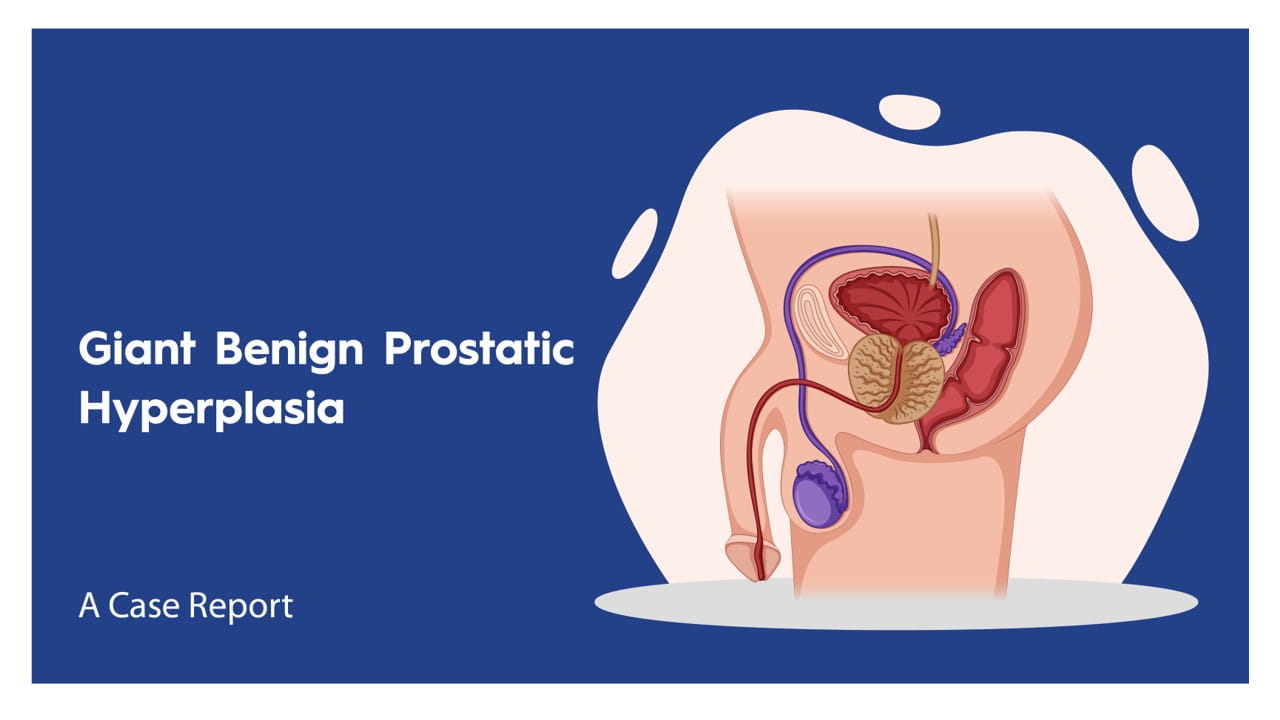Introduction
The aim of the study was to evaluate the role of invasive urodynamic investigation in treatment satisfaction and treatment regret in the patients undergoing surgery for LUTS/BPH.
Materials and Methods
An analysis of prospectively collected data of patients undergoing LUTS/BPS surgery was done. All the details of the patients which included history, physical examination, preoperative, perioperative and postoperative characteristics were recorded. Decision regret and decision satisfaction were evaluated with valid questionnaires. Patients who underwent pressure flow studies before surgery were compared to those who did not undergo these studies. Additionally, patients with clear obstruction (Shaffer class ≥3) were compared to those with ambiguous findings (Shaffer class =2).
Results
526 patients were enrolled and they underwent different treatments in groups:
-
284 (54%) underwent TURP
-
40 (8%) underwent HoLep
-
114 (22%) underwent robotic simple prostatectomy
-
89 (16%) acquablation
The following table shows the comparison of outcome parameters:
|
Parameter |
Preoperative PFS |
No Preoperative PFS |
p-value |
|
Number of Patients |
320/527 (61%) |
207/527 (39%) |
- |
|
Satisfaction Rate |
Higher |
Lower |
<0.05 |
|
Regret Rate |
Lower |
Higher |
<0.05 |
|
Harm Rate |
Lower |
Higher |
<0.05 |
|
Subanalysis (satisfaction & regret differences) |
No significant difference |
- |
<0.05 |
Conclusion
Preoperative Pressure-Flow Study (PFS) improves treatment satisfaction and treatment regret post-surgery. The grade of obstruction has not shown any effect on treatment satisfaction and regret.
European Association of Urology, 21-24 March 2025, Madrid, Spain



